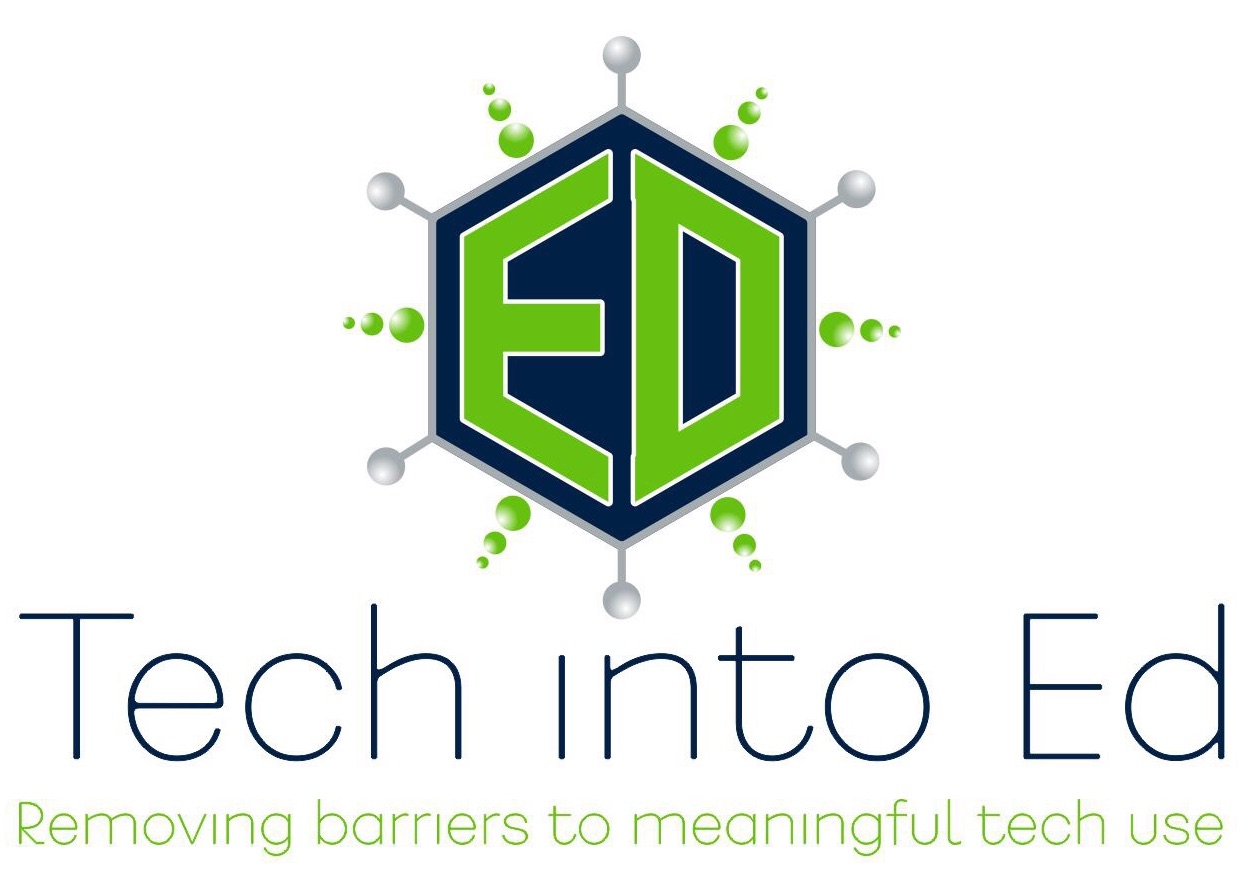Risk Taking is the Way Forward: What is your #edurisk ?
Educators are being asked to take on a lot today when it comes to improving instructional practice and educational outcomes. Whether it be increasing student engagement, embracing new tools and concepts for instructing students (or having students create and demonstrate knowledge), re-thinking educational spaces, or a long list of other topics that impact our work with students, the reality is that it can feel overwhelming.
However, in synthesizing the larger message of these changes in practice, there is one clear theme that surfaces. Change is evident and inescapable. A hyper-connected world is a world that is dynamically changing. If an educator's primary responsibility is readying students for the life that they will one day face, we must prepare them to ready for a life of ongoing change.
While it's an understandable feeling to just want to throw up your hands in surrender to the overwhelming overflow of change (especially in education). For the good of our students we can't give up that easily. There is hope, and it comes neatly packaged in a simple idea - "risk taking."
Why is risk taking so important?
The act of willingly taking risks is the life line that makes dealing with change palatable, manageable, and survivable. Risk taking, by its very nature, provides a platform on which we can identify our challenges, develop a plan for tackling those challenges, and then safely implement our plan without feeling the pressure to be immediately successful.
In taking a risk, we agree to try something new without fear of failure -- risks, by their very definition, embody some chance at failure. The universal understanding of what a risk is (implying that failure may happen) provides us with a safety net to try something new.
It is the act of trying something new, though, that is the key element. When change happens, it often requires a different response than previously offered/attempted. The feeling of being overwhelmed by change is usually in direct response to our inability to attempt a new response; we are committed to the way we've always done things and struggle to see a different way to respond. When we take a risk, we commit to trying something new. We accept that it may or may not be a successful attempt, but we are willing to forego the way we once did things to attempt a new way of doing things. In doing so, we begin on our journey forward to both address and deal with change.
Taking a risk
Put simply, a risk is any change you elect to make (and actively engage in) that stretches you beyond your comfort zone. Risks are not determined by the overall magnitude of the change or the size of the impact it has. Personal changes that impact one person are valuable risks, just as are risks that change an entire organization impacting thousands of people. In the end, a risk's magnitude and sphere of influence is not the determining factor if it is a risk or not -- it is if the risk taken stretches the person, organization, or society beyond an existing level of comfort.
Steps in the Risk Taking Process
- The first step to taking a risk is acknowledging personal/organizational anxiety over a change that has happened which requires a different response.
- The second step is developing an actionable plan that provides an adequate response to that change.
- The third step is determining what success and failure might look like and accepting the consequences for both.
- Finally, the fourth step is taking action -- going for it by taking the risk.
Remember that every person has his/her own aversion to risk. Some individuals are comfortable with risks that may seem monumental to others. Others may feel that even slight changes are a big risk. However, both are valuable and noteworthy, as both are progressive steps forward to address and deal with the realities of change. Your personal aversion to risk is a personal matter that you must grapple with and understand as a part of the risk taking process.
Sharing your risk
Witnessing risk taking is both humbling and inspiring. Knowing that an individual has literally taken a chance, put a part of themselves out there -- this is exactly the kind of action that can encourage others to take their own risk. In a hyper-connected world we can easily share our risks with others in ways that were never before possible. The use of social media is one avenue for this.
Understandably, for many of us the risk we take might simply be putting ideas out there for others see. We encourage you to think about the act of publicly sharing your risk with others as a way of building a network with others -- a network that just might be able to offer support, insight, or perspective based upon their experiences.
We are encouraging more educators to take risks and to share them out with the world! Through the use of a common code that is easily searchable, also called a hashtag, regardless of what social media network you choose to share in your risk can be identified. For this campaign we are going to use the following hashtag:
#edurisk
Whether you use Google + or Twitter, we would love for you to share your #edurisk with our community, both to mark and celebrate your personal risks in addressing the challenges of constant change, and also to inspire others to take those first steps forward -- steps that mark the cultural shift our profession is making to embrace and respond to a world of constant change.
